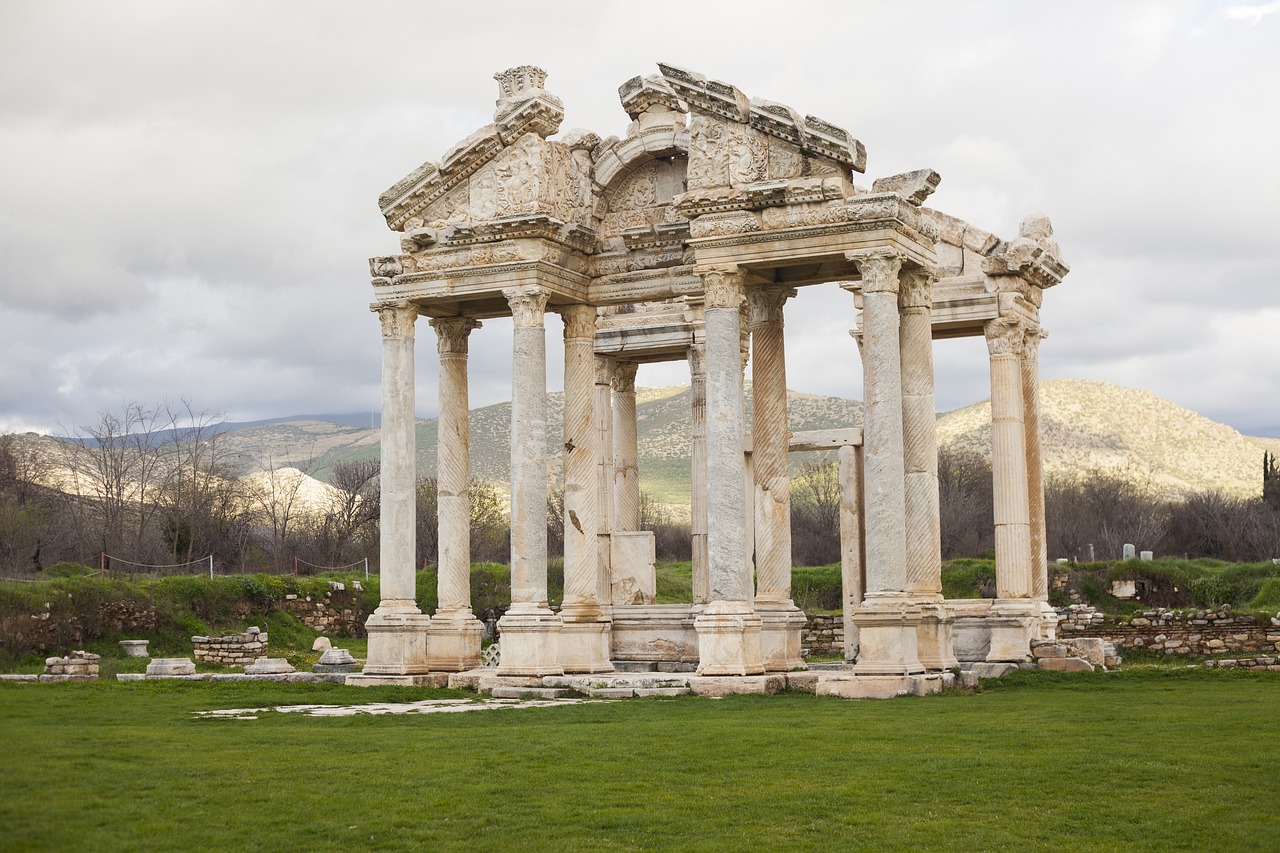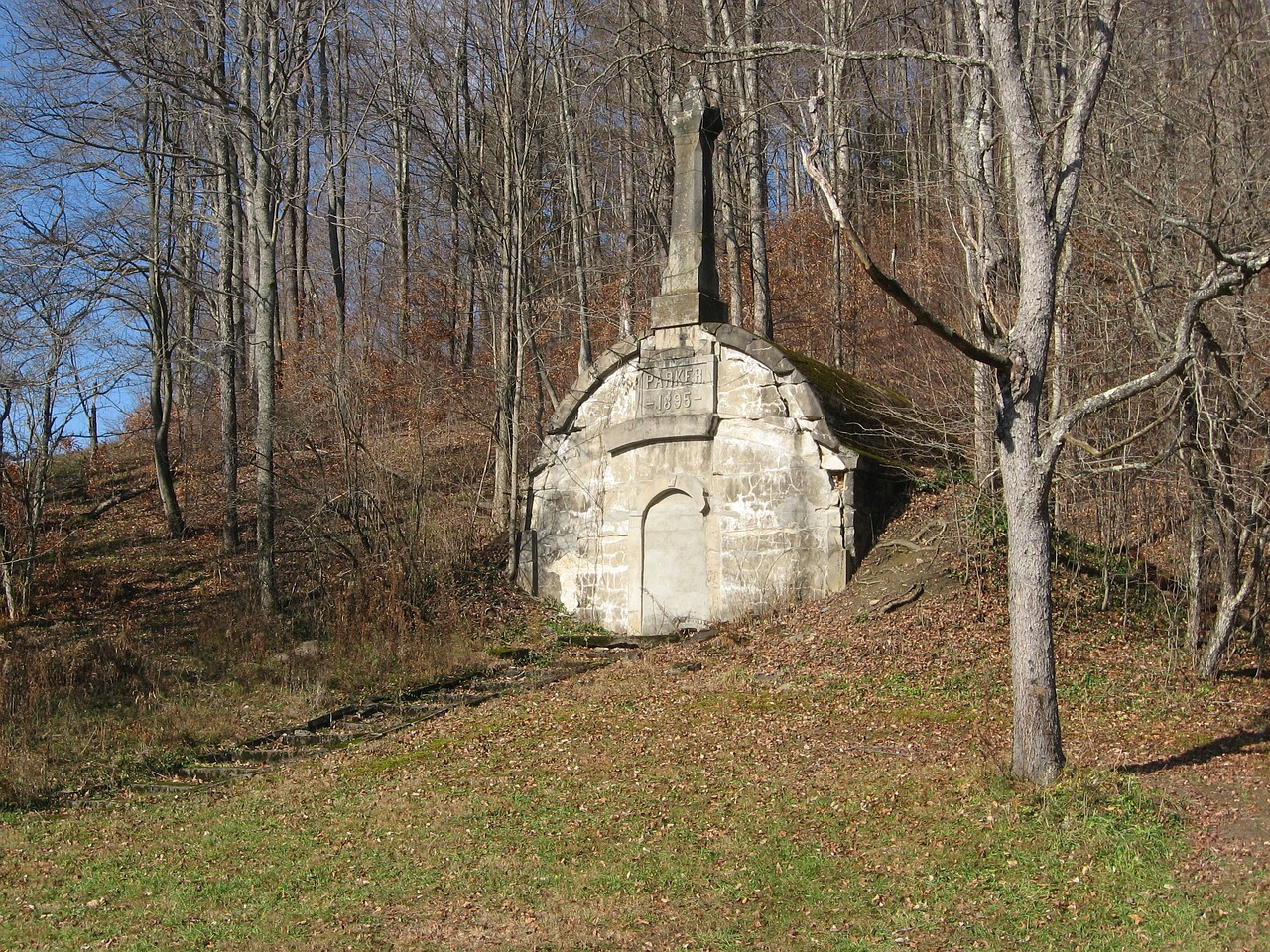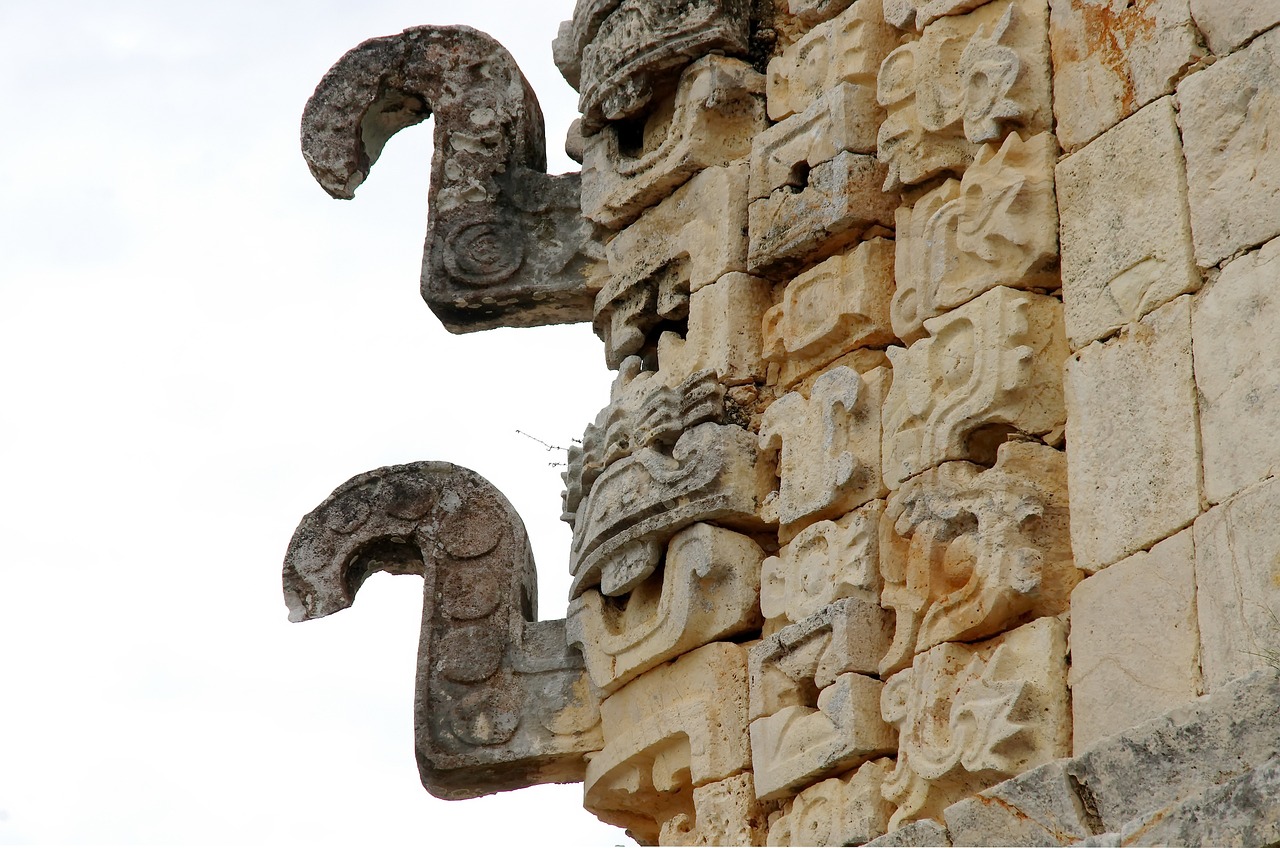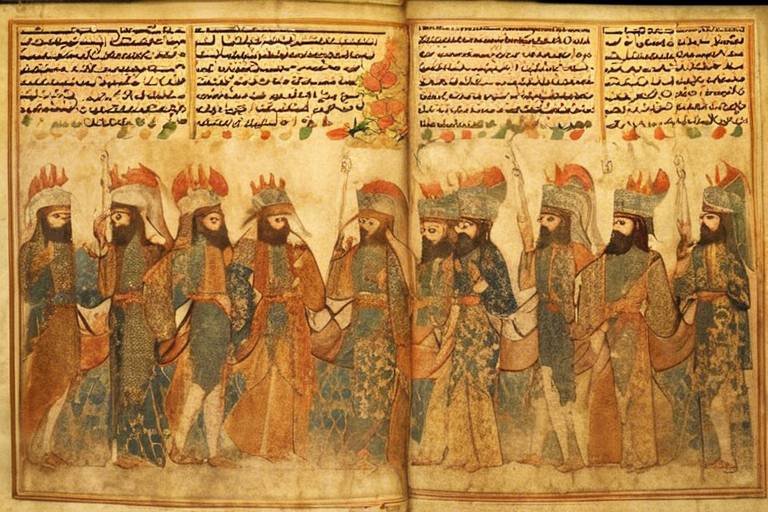The Mystery of the Lost Civilization of Nazca
Deep in the heart of ancient Peru lies a mystery that has puzzled researchers and archaeologists for centuries - the enigmatic civilization of Nazca. Known for their intricate geoglyphs and mysterious lines etched into the desert landscape, the Nazca people have left behind a legacy that continues to intrigue and captivate us to this day.
As we unravel the secrets of the Nazca civilization, we are faced with a myriad of questions. What was the purpose of these massive geoglyphs and intricate lines that stretch across the Nazca desert? Who were the people behind these remarkable creations, and what drove them to leave such a lasting mark on the land?
Some believe that the geoglyphs served as ceremonial sites or astronomical calendars, while others speculate about extraterrestrial connections and mystical meanings. Theories abound, but the truth remains elusive, shrouded in the sands of time.
Delving into the daily life and societal structure of the Nazca people reveals a culture rich in artistry and innovation. Advanced pottery, intricate textiles, and sophisticated underground aqueducts speak to their ingenuity and craftsmanship, painting a picture of a society far ahead of its time.
Despite their achievements, the Nazca civilization faced environmental challenges that ultimately led to their decline. Droughts, earthquakes, and soil erosion took their toll, highlighting the fragility of even the most advanced societies in the face of nature's forces.
Today, efforts are underway to preserve the Nazca lines and geoglyphs, protecting these ancient wonders from the ravages of time and human interference. The importance of safeguarding these archaeological treasures for future generations cannot be overstated, ensuring that the legacy of the Nazca civilization endures for centuries to come.
The legacy of the Nazca civilization lives on in modern times, inspiring artists, scholars, and adventurers alike. The timeless allure of this ancient enigma continues to draw visitors from around the world, sparking curiosity and fueling scientific research into the mysteries of the past.

Geoglyphs and Lines
The Nazca civilization is renowned for its remarkable geoglyphs and intricate lines etched into the desert landscape of Peru. These massive geoglyphs, some spanning over hundreds of meters, depict various shapes, animals, and geometric figures that are visible only from above, sparking awe and curiosity among observers. The purpose behind these geoglyphs remains a subject of debate among experts, with theories ranging from astronomical calendars to religious symbols.
One of the most famous geoglyphs is the Nazca Spider, a giant arachnid-like figure with long, slender legs spread across the desert floor. This intricate design, along with other geoglyphs like the Hummingbird and the Monkey, showcases the artistic and engineering skills of the Nazca people, who created these massive artworks without the aid of modern technology.
The Nazca Lines, a series of straight lines crisscrossing the desert, add another layer of mystery to the civilization. Some believe these lines served as pathways or markers for ceremonial processions, while others suggest they have astronomical alignments, pointing to celestial events or the movement of constellations. The precision and scale of these lines continue to baffle researchers, raising questions about the knowledge and purpose behind their creation.
Archaeologists have uncovered new geoglyphs and lines in recent years, expanding our understanding of the Nazca civilization's artistic repertoire and cultural practices. These discoveries shed light on the intricate relationship between the Nazca people and their environment, revealing a deep connection to the land and sky that shaped their beliefs and daily lives.

Nazca Culture and Society
The Nazca civilization, flourishing in ancient Peru, was a society rich in cultural practices and technological advancements that continue to intrigue researchers and archaeologists to this day. Known for their intricate pottery, fine textiles, and sophisticated underground aqueducts, the Nazca people left behind a legacy that sheds light on their daily life and societal structure.
Artistry was at the heart of Nazca culture, evident in the detailed designs adorning their pottery and textiles. These artistic expressions not only served decorative purposes but also conveyed symbolic meanings, reflecting the spiritual beliefs and rituals of the Nazca civilization. The intricate patterns and vibrant colors used by the Nazca artisans showcased their skill and creativity, captivating the imagination of those who study their works today.
Furthermore, the Nazca society was organized around agricultural practices, with the cultivation of crops such as maize and beans playing a central role in their economy. The construction of underground aqueducts, known as puquios, enabled the Nazca people to efficiently manage water resources in the arid desert environment, showcasing their ingenuity in adapting to challenging conditions.
Religion and spirituality were integral aspects of Nazca society, as evidenced by the presence of ceremonial sites and ritualistic practices. The Nazca Lines, believed by some to have served ceremonial purposes or astronomical alignments, are a testament to the spiritual beliefs and cultural significance attached to the landscape by the Nazca people.
Despite the passage of time, the artifacts and archaeological remains left behind by the Nazca civilization continue to provide valuable insights into their culture and societal norms. By studying these remnants of the past, researchers are able to piece together the puzzle of the Nazca civilization and appreciate the ingenuity and creativity of this ancient society.

Theories and Speculations
Exploring the enigmatic Nazca civilization leads to a plethora of theories and speculations that attempt to unravel the mysteries behind the intricate geoglyphs and lines scattered across the desert landscape. One prevalent theory suggests extraterrestrial involvement in the creation of these massive figures, attributing their precision and scale to otherworldly beings. However, skeptics argue that the Nazca people possessed advanced knowledge of geometry and astronomy, enabling them to craft these geoglyphs for ceremonial or agricultural purposes.
Another intriguing speculation revolves around the ceremonial significance of the Nazca lines, proposing that they served as pathways for religious rituals or processions. The alignment of certain geoglyphs with celestial events has fueled beliefs in astronomical connections, hinting at a possible astronomical calendar or observatory function for the Nazca civilization. These theories add layers of complexity to the already enigmatic nature of the Nazca culture.
Moreover, some researchers suggest that the Nazca lines may have functioned as giant water channels or markers for underground aqueducts, aiding in agricultural planning and resource management in the arid desert environment. This practical interpretation contrasts with more mystical explanations, highlighting the diverse perspectives that continue to intrigue scholars and enthusiasts alike.
Despite the abundance of theories and speculations surrounding the Nazca civilization, the true purpose behind the geoglyphs and lines remains shrouded in mystery. As archaeologists uncover new evidence and technological advancements offer fresh perspectives, the enigma of the Nazca culture only deepens, inviting further exploration and contemplation.

Archaeological Discoveries
Archaeological Discoveries in the Nazca region have unveiled a treasure trove of insights into the ancient civilization that once thrived there. Excavations have unearthed a plethora of artifacts, including intricate pottery, colorful textiles, and elaborate ceremonial items. The discovery of well-preserved mummies has provided valuable information about Nazca burial practices and rituals, shedding light on their beliefs about the afterlife and the spiritual realm. Additionally, the excavation of ceremonial sites has offered clues about the religious practices and societal structure of the Nazca people.

Environmental Challenges
The Nazca civilization faced a myriad of environmental challenges that significantly impacted their way of life and ultimately contributed to their decline. One of the most pressing issues was the recurring droughts that plagued the region, leading to water scarcity and agricultural difficulties. Without sufficient rainfall, the Nazca people struggled to sustain their crops and maintain their food supply, forcing them to adapt their farming practices to survive in the arid desert landscape. Additionally, the threat of earthquakes loomed large over the civilization, causing widespread destruction to their infrastructure and disrupting their daily routines. The seismic activity not only damaged their buildings but also posed a constant risk to their safety, creating a sense of uncertainty and vulnerability among the population. Furthermore, soil erosion posed a significant challenge to the Nazca civilization, as the fragile desert soil was prone to degradation due to overexploitation and environmental changes. The erosion of fertile land jeopardized their agricultural productivity and limited their ability to support a growing population, exacerbating their struggle for survival in a harsh and unforgiving environment.

Preservation Efforts
Preserving the ancient wonders of the Nazca civilization is a paramount task that requires meticulous care and attention to detail. Efforts to safeguard the Nazca lines and geoglyphs involve a combination of scientific research, community involvement, and innovative conservation techniques. One of the key strategies employed is the use of geotextile fabrics to protect the fragile desert surface from erosion caused by wind and human activity. These fabrics act as a barrier, preventing damage to the intricate designs etched into the landscape.
In addition to physical protection, ongoing monitoring and surveillance play a crucial role in preserving the Nazca lines. Advanced technologies such as drones and satellite imaging are utilized to track any changes or disturbances to the geoglyphs, allowing for swift intervention in case of potential threats. This constant vigilance helps ensure that the delicate structures remain intact for future generations to admire and study.
Collaboration with local communities is another essential aspect of preservation efforts. By involving the indigenous populations living near the Nazca lines, initiatives aim to raise awareness about the cultural significance of these ancient creations and foster a sense of stewardship among residents. Community participation in monitoring and conservation activities not only enhances protection measures but also promotes a sense of ownership and pride in preserving their heritage.
Furthermore, educational programs and tourism management strategies are implemented to minimize the impact of visitors on the fragile desert ecosystem. By promoting responsible tourism practices and establishing visitor guidelines, conservationists seek to balance the preservation of the Nazca lines with the need to share their beauty and historical importance with the world. Sustainable tourism initiatives aim to create a harmonious relationship between cultural heritage protection and visitor experience, ensuring the long-term sustainability of these extraordinary archaeological treasures.

Legacy of the Nazca Civilization
The legacy of the Nazca civilization continues to captivate and intrigue people around the world, transcending time and space to leave a lasting impact on modern society. Like a hidden treasure waiting to be discovered, the enigmatic geoglyphs and intricate lines of Nazca have become symbols of mystery and wonder, drawing inquisitive minds to unravel their ancient secrets.
Imagine standing amidst the vast Nazca desert, gazing upon the colossal figures etched into the earth by the hands of a long-lost civilization. These geoglyphs, with their precise designs and geometric perfection, serve as a testament to the artistic and engineering prowess of the Nazca people. Each figure tells a story, a silent whisper from the past that echoes through the ages.
Artists and scholars alike have found inspiration in the enigmatic designs of the Nazca lines, sparking creativity and imagination across various disciplines. From intricate pottery patterns to elaborate textile motifs, the artistic legacy of the Nazca civilization lives on in contemporary art, enriching our cultural tapestry with echoes of a bygone era.
Moreover, the scientific community continues to be fascinated by the astronomical alignments and celestial connections embedded within the Nazca geoglyphs. Speculations about the purpose of these ancient markings abound, fueling ongoing research and debate about the true intentions behind these mysterious creations.
As tourists flock to the Nazca region to witness these archaeological wonders firsthand, the legacy of the Nazca civilization thrives in the hearts and minds of those who seek to unravel the mysteries of the past. The allure of the unknown, the thrill of discovery, and the wonder of ancient civilizations converge in a timeless dance that transcends generations.
Frequently Asked Questions
- What are the Nazca Lines?
The Nazca Lines are a series of ancient geoglyphs located in the Nazca Desert in Peru. These large designs, ranging from simple lines to intricate shapes and figures, were created by removing the reddish-brown iron oxide-coated pebbles that cover the surface of the desert, revealing the lighter-colored earth beneath.
- Who created the Nazca Lines?
The exact creators of the Nazca Lines remain a mystery, as the civilization that produced them disappeared over a thousand years ago. While there are various theories, ranging from indigenous Nazca people to extraterrestrial beings, the true originators of these enigmatic geoglyphs continue to intrigue researchers and archaeologists.
- What was the purpose of the Nazca Lines?
The purpose of the Nazca Lines is a subject of much debate and speculation. Some theories suggest they served as ritualistic pathways for religious ceremonies, while others propose they functioned as astronomical calendars or markers for underground water sources. The true intention behind these mysterious designs remains a captivating enigma.
- How were the Nazca Lines preserved for so long?
The Nazca Lines have endured for centuries due to the arid and stable climate of the Nazca Desert, which minimizes erosion and natural degradation. Additionally, the remote location of the lines has limited human interference and helped protect them from modern development. Efforts are ongoing to safeguard these ancient creations for future generations.
- Can visitors see the Nazca Lines up close?
While it is possible to view some of the Nazca Lines from viewing platforms or nearby hills, strict regulations are in place to protect the fragile designs from damage. Visitors can also experience the Nazca Lines from the air through guided flights, providing a unique perspective of these captivating geoglyphs.



















